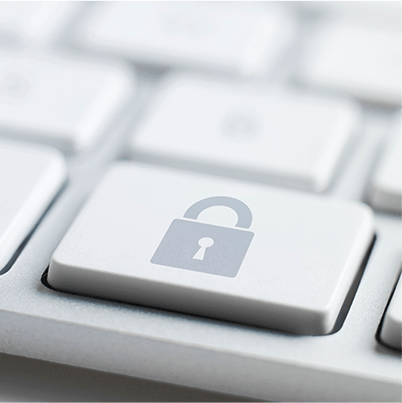Our Security Requirements
As a Business Associate to a Covered Entity, we are required by the HITECH Act (45 CFR 164) to perform a security assessment to determine where to institute safeguards to render PHI unusable, unreadable or indecipherable to unauthorized individuals. The HITECH Act lists (and our Security Policy handles) the following types of PHI data:
- Data-at-rest: PHI that is stored on media, including data on media mounted within a machine
- Data-in-motion: PHI that is being transmitted across a network or I/O interconnect
- Data-in-use: PHI that is being used or displayed
- Data-disposed: PHI that has been disposed of or discarded
Our software implements computer security solutions for all situations identified in our security assessment. To understand these situations abstractly, we use the following terms in this policy:
- Media: Refers to any type of electronic storage media, including CD, USB key or hard-disk drive
- PHI: Refers to any bytes of electronic data containing PHI, including DICOM files, DICOM Worklist Entries and HL7 messages
- Client: Refers specifically to Joints® Web Application
- Server: Refers specifically to Joints® Server or Joints® Link
- Machine: Refers to any computing device, including a desktop computer, laptop, smartphone or tablet


